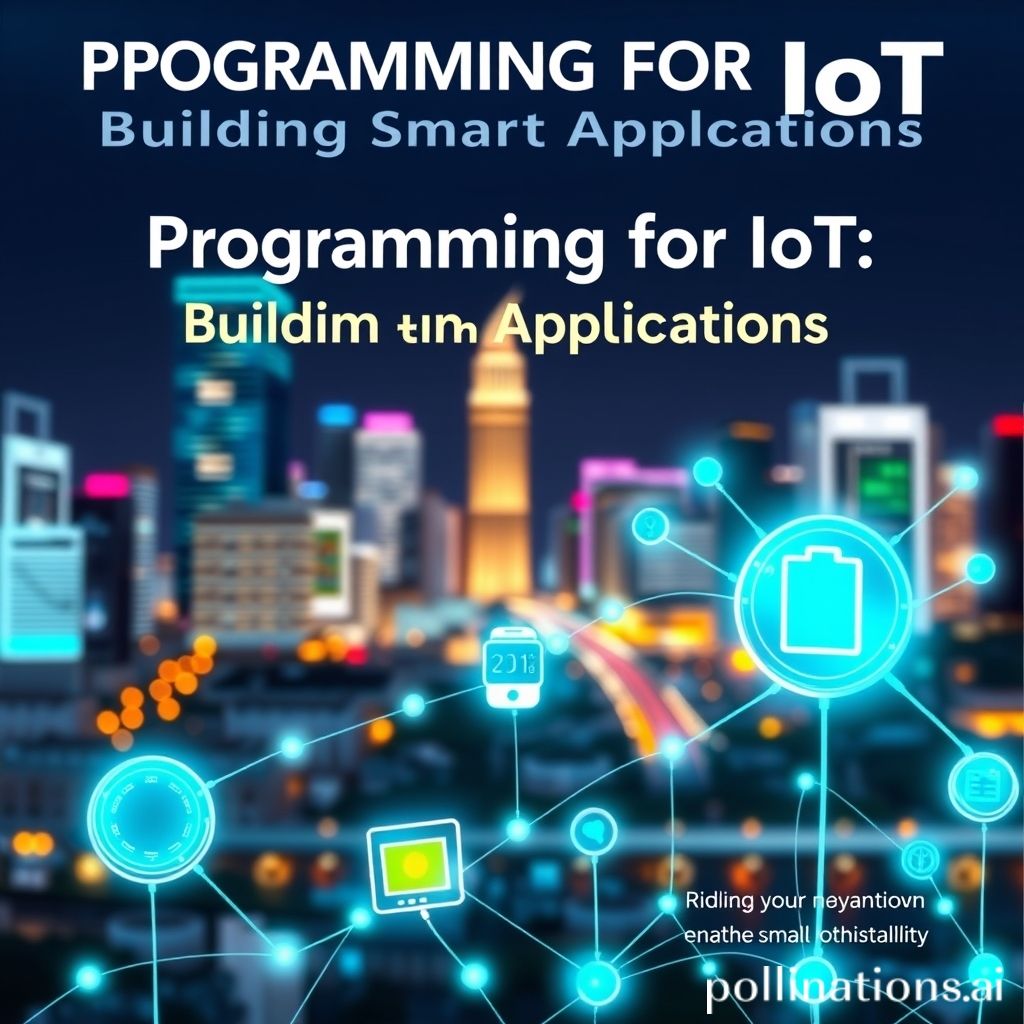
Programming for IoT: Building Smart Applications
The Internet of Things (IoT) has revolutionized the way we interact with technology, creating smart environments that enhance efficiency, convenience, and connectivity. Programming for IoT involves designing and implementing applications that enable devices to communicate, analyze data, and perform automated tasks. In this article, we will explore the key components of IoT programming and the steps involved in building smart applications.
Understanding IoT Architecture
IoT architecture consists of several layers, including:
- Device Layer: This includes sensors and actuators that collect data and perform actions.
- Network Layer: Responsible for transmitting data between devices and the cloud.
- Cloud Layer: Where data is processed, stored, and analyzed. It hosts applications and provides data services.
- Application Layer: The interface where users interact with IoT systems, displaying data and insights.
Key Programming Languages for IoT
When it comes to programming IoT applications, several languages are commonly used:
- Python: Widely used for its simplicity and extensive libraries for data analysis and device control.
- JavaScript: Enables web-based applications and real-time data manipulation with Node.js.
- C/C++: Essential for low-level programming and performance-critical applications on microcontrollers.
- Java: Popular for building networked applications and services, especially in enterprise environments.
Steps to Build Smart Applications
Building smart applications for IoT involves several essential steps:
- Define the Use Case: Identify the specific problem that the IoT application will solve, such as smart home automation or industrial monitoring.
- Select the Hardware: Choose appropriate sensors, actuators, and microcontrollers that fit the requirements of your application.
- Choose a Communication Protocol: Decide on protocols such as MQTT, HTTP, or CoAP for data transmission between devices and the cloud.
- Develop the Application: Write the code to handle data collection, processing, and user interactions. Utilize cloud services for data storage and analysis.
- Test and Deploy: Conduct extensive testing to ensure reliability. Deploy the application in a real-world environment for validation.
- Monitor and Maintain: Continuously monitor the application’s performance and make necessary updates or modifications.
Challenges in IoT Programming
Programming for IoT comes with its own set of challenges:
- Security: Protecting devices and data from unauthorized access and cyber threats.
- Interoperability: Ensuring different devices and platforms can work together seamlessly.
- Scalability: Designing applications that can handle an increasing number of devices and data.
- Data Management: Efficiently processing and analyzing vast amounts of data generated by IoT devices.
Conclusion
Programming for IoT offers exciting opportunities to create innovative smart applications that can transform everyday life. By understanding the architecture, choosing the right tools, and following best practices, developers can build robust applications that leverage the power of connected devices. As the IoT landscape continues to evolve, the demand for skilled programmers in this field is only set to grow.
